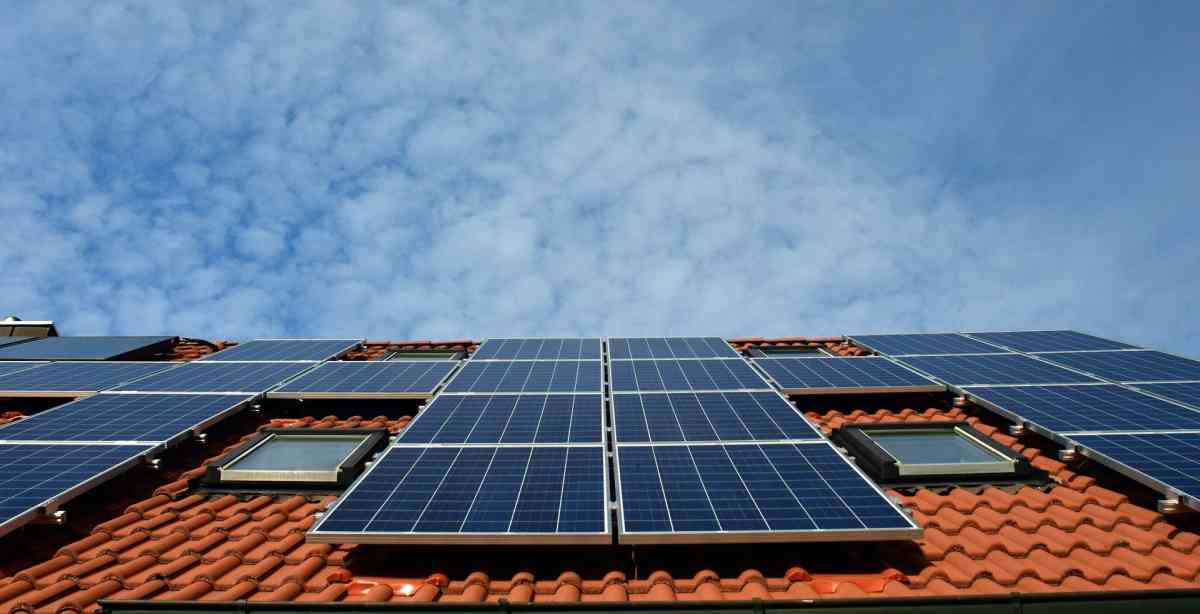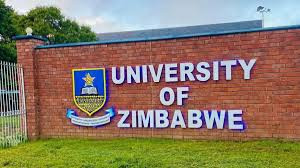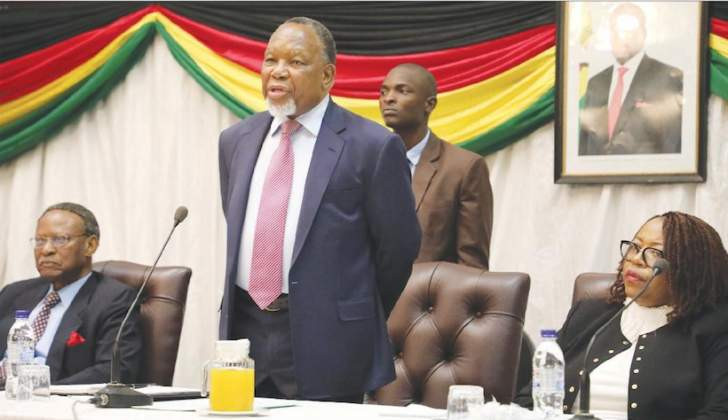
AS of yesterday, Zimbabwe was producing a total of 569 megawatts (MW) of electricity from three of its five power stations.
The country’s largest power generator — Kariba — provided 350MW, followed by Hwange at 201MW and then Munyati at 18MW, while Harare and Bulawayo power stations delivered zero MW to the national grid.
All the five power stations, however, have the potential to generate 2 940MW, meaning that the country’s power crisis is largely man-made, except maybe in the case of Kariba Power Station, where water levels in the lake have mainly affected generation capacity.
Essentially, it does not need a rocket scientist to see that Zimbabwe has massive potential to be self-sufficient in terms of power supply, but somehow, the southern African nation has been struggling to, for example, get Hwange Power Station back online in a big way despite the facility having received a major three-year refurbishment that was supposed to increase its capacity from the current 920MW to 1 520MW.
Zimbabwe’s Energy minister Zhemu Soda rubbed in salt last week when he highlighted that: “Solar potential is 16 to 20 megajoules per square metre per day, which is vastly unexploited and is present in several regions of the country.”
Simplified, what it translates to is that the country has the potential to generate 50 000MW of solar per day from a square kilometre, yet by the end of last year, the country only had a “grid-connected installed solar capacity of 40 megawatts”, according to Soda who was informing delegates attending the fourth International Renewable Energy Conference in Victoria Falls last week.
He added that the country was also sitting on 1 000MW biogas, 150MW forest residue, 50MW geothermal and 5 000MW hydro potential.
So, why is the country pathetically failing to tap into this colossal potential? The country lacks seriousness to end the power crisis.
- Why we do what we do at AMH: Mafukidze
- Why we do what we do at AMH: Mafukidze
- News in depth: Zimbabwe’s push for shift to renewable energy sources gathers momentum
- News in depth: Zimbabwe’s push for shift to renewable energy sources gathers momentum
Keep Reading
We also believe greed and corruption have completely blinded the leadership to the extent of only being capable of seeing the country’s vast energy potential, but utterly unable to tap into it, yet enough energy could easily help the nation achieve its developmental goals such as attaining upper-middle income status well before the target deadline — 2030.
We blame greed and corruption because, for example, why is it so difficult for government to let citizens import solar generation kits duty-free?
Instead, government is charging an arm and leg in duties, which has resulted in most of the solar kits being smuggled into the country. And when they kits enter the market, consumers can hardly afford them.
Installing a simple household solar system is so expensive that it is discouraging many people from tapping into this potential energy source, which has forced many to keep depending on the national grid.
If Zimbabwe is serious about tapping into the enormous renewable energy potential right under its nose, it should take a leaf from its neighbour, South Africa, where as from March 1 this year, “individuals who install new, unused rooftop solar panels will be able to claim rebates equal to 25% of the cost of the panels, up to a maximum of R15 000. The new scheme has a budget of R4 billion and was introduced to address South Africa’s severe load-shedding problems”.
What an incentive! And obviously in no time South African will no longer be crying about load-shedding, while we continue to miserably whine about an electricity deficit at the same time boasting of abundant renewable energy potential that we are making little effort to harness.
Government should allow citizens to import solar power-generation kits duty-free to help ease pressure on the national grid.











